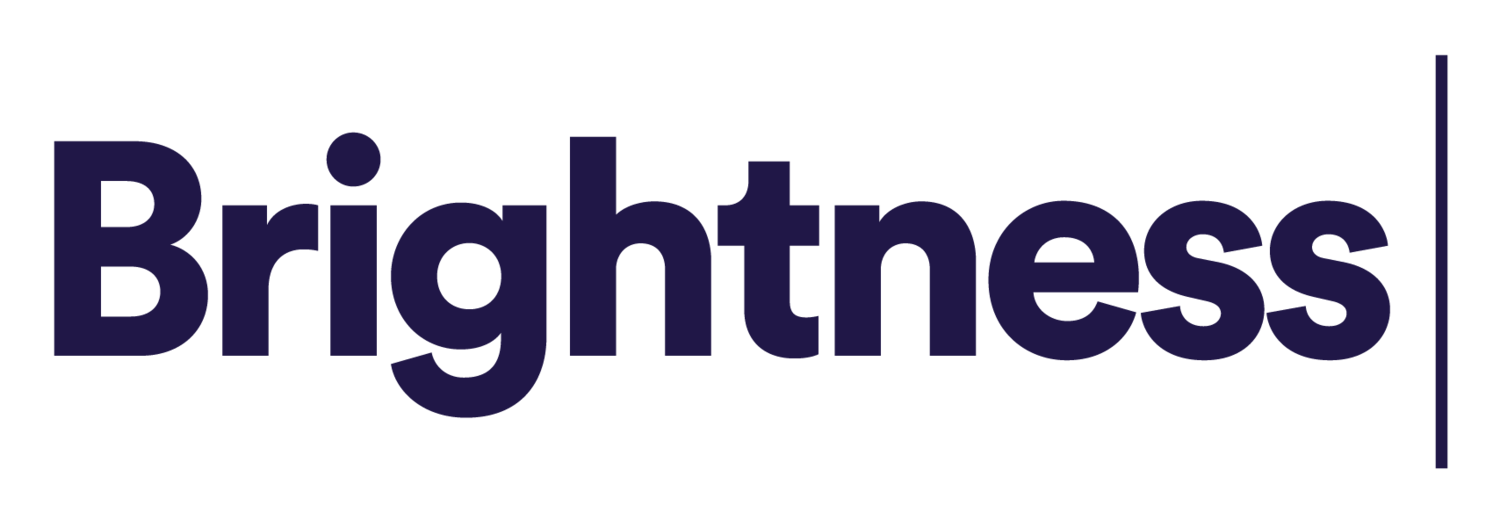Le pouvoir de persuasion expliqué par les neurosciences
Les recherches récentes menées sur le cerveau et le développement rapide des neurosciences révèlent de plus en plus comment s’exprimer de façon persuasive. Appliquées aux leaders et aux entreprises, ces avancées donnent des clés pour transmettre efficacement un message et marquer les esprits plus fortement !
A une époque où nous sommes en permanence assaillis par des millions d’informations et où notre téléphone portable comble le moindre moment d’ennui, l’attention devient le graal pour celui qui souhaite transmettre un message, qu’il soit orateur, romancier ou publicitaire. Les leaders et les entreprises cherchent ainsi à connaître l’efficacité de leurs propos et quels moyens peuvent être mis en œuvre pour engager leurs audiences. Or, mesurer l’attention demeure encore aujourd’hui difficile. C’est pourquoi les neurosciences, avec la naissance de nouveaux systèmes d’analyse et des solutions plus abordables, techniquement comme financièrement, offrent la possibilité de mieux comprendre notre fascination devant certains orateurs et récits.
Et ces avancées trouvent de plus en plus des applications concrètes dans le monde des entreprises comme le prouve la start-up américaine SPARK Neuro. Cette dernière mesure notre attention et notre engagement grâce à des casques qui produisent des électroencéphalogrammes, c’est-à-dire des enregistrements de l’activité électrique du cerveau en temps réel. Travaillant pour des marques comme Netflix ou Toyota, elle détermine ainsi les campagnes publicitaires qui optimisent l’engagement de l’audience et ainsi la réception du message transmis. Ses projets se fondent sur des connaissances scientifiques qui dévoilent les coulisses du pouvoir de persuasion.
Le changement
Dans son dernier ouvrage, Robert McKee, l’un des plus grands spécialistes du storytelling, écrit dans son ouvrage Storynomics « Et qu’est-ce qui attrape l’attention ? Le changement » . Les neurosciences confirment en effet que ce dernier permet d’éveiller la curiosité et d’engager une audience efficacement. Lorsque l’Homme est apparu, plongé au cœur du règne animal, il réagissait aux changements de son environnement pour survivre et s’adapter à un milieu hostile. Cette attention portée aux changements est le symptôme de la persistance de cet instinct. C’est pourquoi les récits et les propos où il y a de nombreuses actions, ruptures ou encore surprises marquent plus fortement les esprits.
Et d’ailleurs, selon les résultats de SPARK Neuro, de simples variations dans la voix ou dans la musique qui compose une publicité, permet d’augmenter le degré d’attention des interlocuteurs. Ainsi, par exemple les silences rythment les discours en soulignant l’importance des propos qui vont suivre ou de ceux tout juste prononcés. De la même manière, les variations de ton, de volume, de débit sont autant de moyens pour engager activement une audience. Le changement met en lumière ce qui est important.
L’importance des émotions
Les neurosciences apportent également la preuve que nous ne prenons pas de décisions uniquement sur des fondements rationnels et analytiques. Les travaux d’Antonio Damasio comme ceux de Daniel Goleman sur l’intelligence émotionnelle, montrent en effet que les émotions jouent un rôle de premier plan dans nos processus de prise de décision. Dit autrement, pour persuader une audience, il est nécessaire de faire appel aux émotions, ce que les Grecs appelaient déjà le pathos.
La littérature est aussi abondante pour montrer comment les récits, le storytelling, favorisent la transmission efficace d’un message, la mémorisation et l’apprentissage. Les scientifiques ont montré que chaque émotion forte (ce qui est appelé une hyper-émotion), qu’elle soit agréable ou non, marque les esprits plus fortement et durablement (phénomène d’hyper-mémoire). Et plus puissant encore, le chercheur Raymond Mar montre que les émotions transmises à travers des fictions sont très contagieuses, elles se transmettent rapidement d’individu en individu, source de fédération et d’unité.
LES 5 SENS
Les neurosciences prouvent enfin que la mobilisation de plusieurs sens, comme l’ouïe et la vue, maximise l’attention et l’engagement des interlocuteurs. C’est pourquoi des supports visuels simples, composés de photos par exemple (et non de longs paragraphes), ou l’utilisation de métaphores faisant référence à des expériences de la vie quotidienne, sont d’excellents moyens de marquer plus fortement les esprits.
Mettre en valeur les changements, les émotions ressenties et faire appel à nos cinq sens permet ainsi de prendre la parole en maximisant ses chances de persuader ses interlocuteurs et de marquer leurs esprits. Ces vérités, prouvées par la science, doivent être au cœur des présentations réalisées en entreprise par les leaders ou des campagnes publicitaires.
